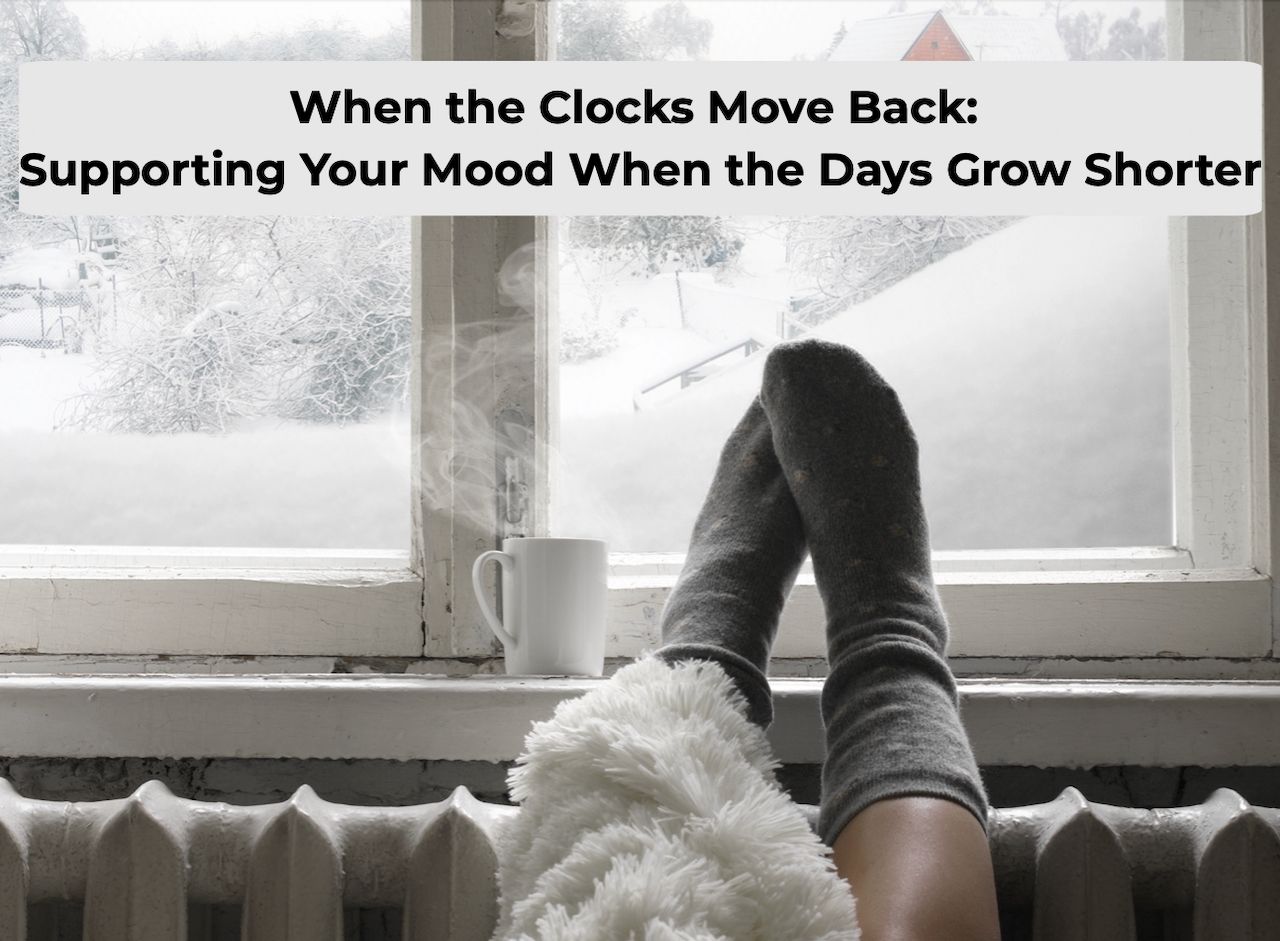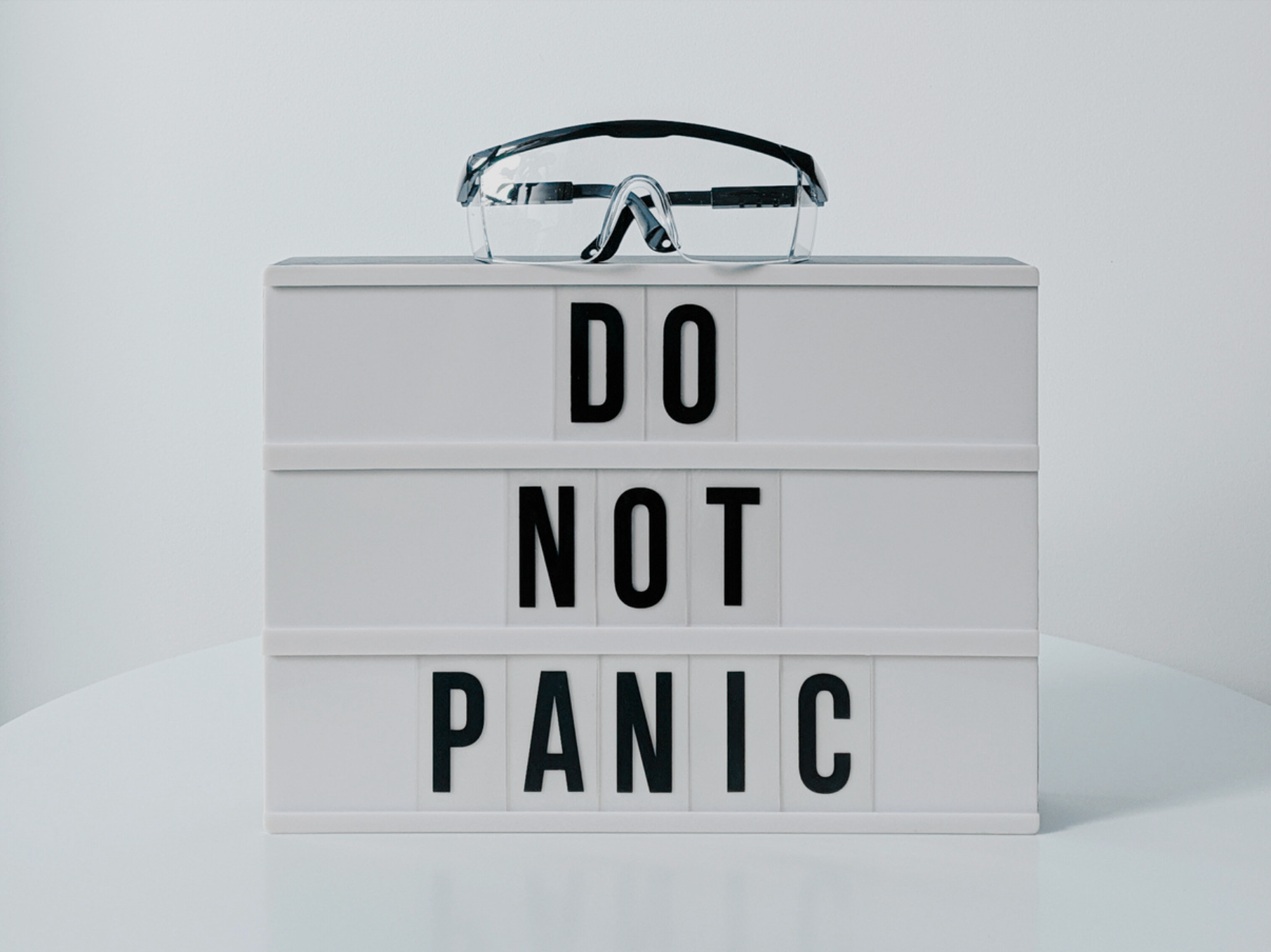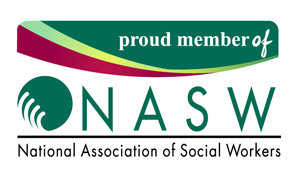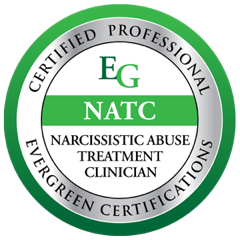How to Say What Needs to Be Said (Without Burning Everything Down)
Honest doesn’t have to mean harsh.
Most of us weren’t taught how to speak up when something feels off. Instead, we were taught to bottle it up, absorb it, or brush it aside—especially if speaking up might “make someone mad.”
Maybe you grew up in a family where conflict was avoided at all costs. Maybe you were told that honesty was rude, or that needing something made you too much. Maybe you learned that the safest way to keep peace was to swallow your feelings whole.
So when it’s time to say something hard—even something honest and kind—you might freeze, overthink, or come out swinging. Not because you’re dramatic, but because your nervous system has learned to see communication as a threat.
But here’s the truth: healthy relationships can handle hard conversations. In fact, honest communication is what makes them stronger.
Why It Feels So Hard
Saying what needs to be said takes more than words—it takes courage, regulation, and unlearning old scripts.
Here’s why it can feel so intense:
- You’re afraid of being seen as “mean”—because somewhere along the way, assertiveness got confused with cruelty.
- You’re holding legacy wounds—where someone else’s anger or rejection taught you that honesty = danger.
- You’re trying to be “the calm one” or “the easy one”—roles that often come at the cost of your needs.
- You don’t want to ruin the connection—so instead you hold your breath, hoping things just get better on their own.
But bottling things up doesn’t make them go away. It builds pressure. And pressure always finds a way to leak out—often in frustration, withdrawal, resentment, or explosive moments that don’t feel aligned with who you really are.
What Healthy Communication Actually Looks Like
Saying what needs to be said doesn’t mean “telling it like it is” with no filter. It means choosing language that’s:
- Honest but not harsh
- Firm but not forceful
- Emotionally clear but not emotionally dumping
That’s what conscious or non-violent communication really is:
Owning your experience, taking responsibility for your delivery, and offering space for
dialogue—not just reaction.
Here’s a Framework That Can Help
When you’re preparing for a tough conversation, try these prompts:
- What am I feeling? (Use a feelings wheel if needed—naming it can reduce intensity.)
- What do I need? (Not what the other person should do, but what would help you feel steady or seen.)
- What’s the goal of this conversation? (Am I seeking understanding, resolution, setting a boundary?)
- Am I grounded enough to speak with care? (If not, take a beat.)
Then speak from the inside out.
Start with your experience, not their behavior. Try:
- “I’ve been feeling [emotion] and I want to talk with you about it, because this relationship matters to me.”
- “Something’s been sitting with me and I want to clear the air, not hold it in.”
Honest ≠ Harmful
Honest communication doesn’t have to be aggressive, performative, or self-sacrificing. You don’t have to “win” the conversation.
You don’t have to prove your pain.
You don’t have to absorb someone else’s discomfort just to keep the peace.
In fact, when you express yourself clearly and calmly, you create an opportunity—for clarity, for healing, and sometimes, for discernment about whether the other person is really able to meet you there.
Final Thought
Speaking up isn’t a betrayal of the relationship.
It’s a commitment to yourself
and
the relationship—because relationships thrive when they can hold truth, not just harmony.
You deserve to be in relationships where honesty isn’t punished.
Where hard feelings can be spoken without fear.
Where you don’t have to shrink in order to keep things smooth.
Because saying what needs to be said—kindly, clearly, and with intention—isn’t a threat. It’s a skill. One you’re allowed to practice.
Want support with follow-through or getting unstuck?
Explore my
free resources or
connect and explore therapy and
coaching options. You don’t have to figure it out alone.

















